Why I am ever fascinated by science and nature
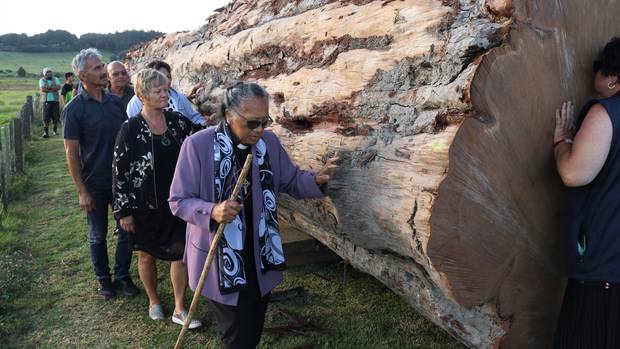
Witness to history, this petrified Ngāwhā Kauri tree from New Zealand lived for 1500 years, more than 40,000 years ago, and captured in it’s rings, evidence of a near reversal of the earth’s magnetic field. That’s quite exciting discovery!
Photo credit: Peter de Graaf
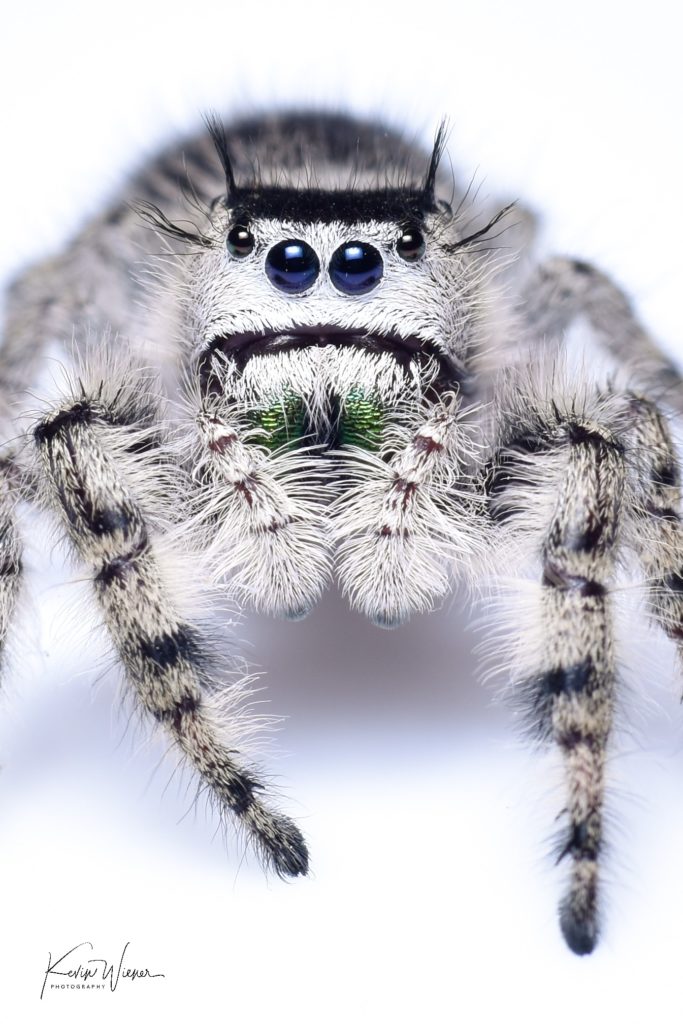
Bugs fascinate me, and Keven’s photos offer a closer look at the intricacies, and beauty of the myriad of eyes and legs and body types that make up their incredible world.
Photo credit: Keven Wiener, canopy jumping spider.
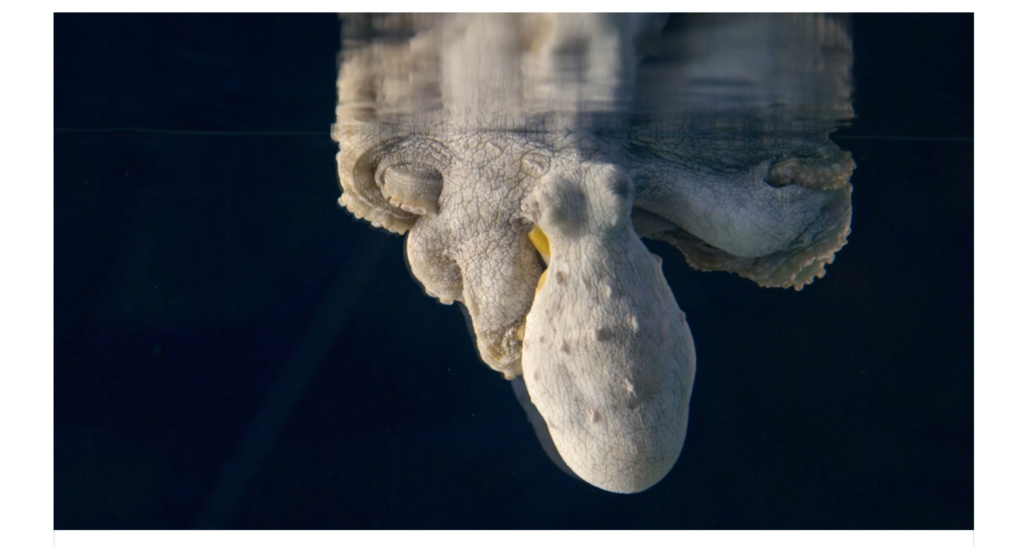
Do you dream in color? We may not be able to know if she dreams in color, but this octopus changes color as she dreams. Credit: Nature/PBS
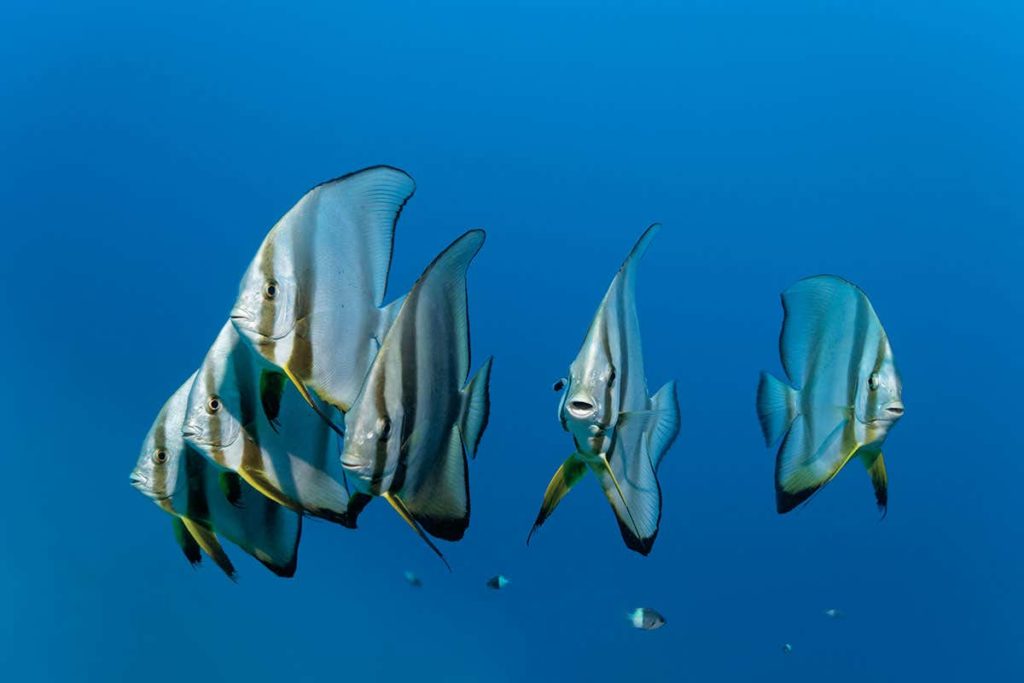
Who knew fish could sing. Coral reefs are abundant with sounds of fish pops and chirps; damsel fish even have a high-pitched tonal call. Collectively performed by different fishes, a harmonious chorus can be heard. Photo credit: Norbert Probst/Getty, Bat fish ballad
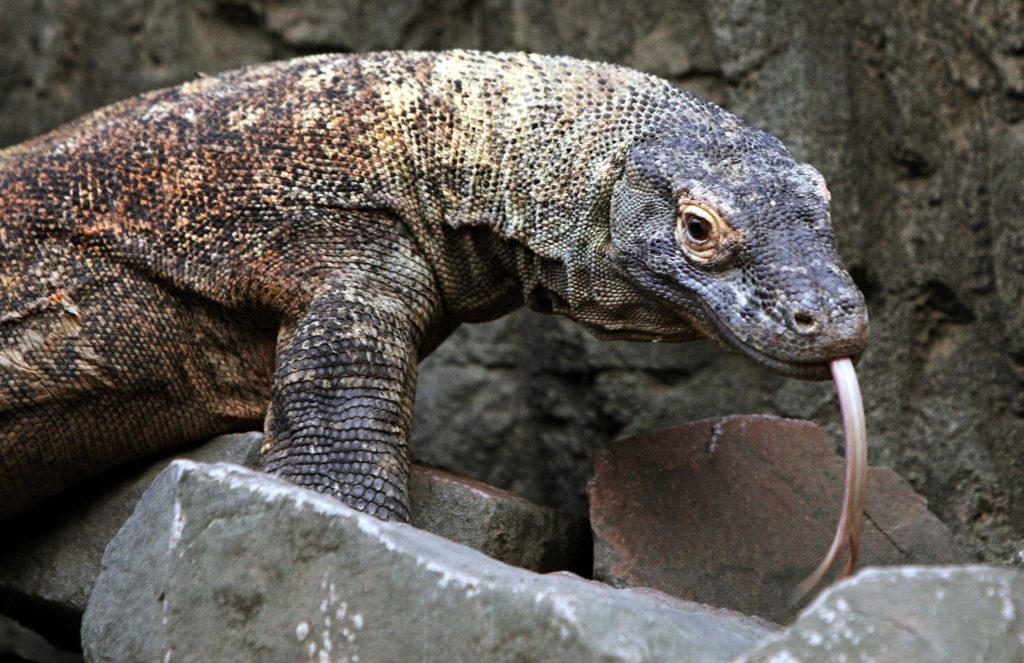
So, Komodo Dragons, one of the largest lizards in the world not only have a potent anticoagulant that makes their prey bleed out, but they also are immune to it when bitten by another dragon. Oh, and they have the ability to rev up their mitochondrial DNA so they can do power sprints. Photo credit: Andrew Yates/Agence France-Presse — Getty Images
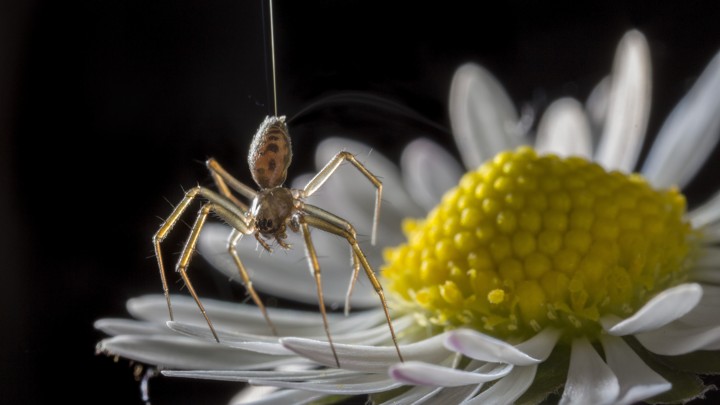
Physics & Biology, ballooning spiders and electricity. Thunderstorms create an electrical circuit in the earth’s atmosphere and spiders release their negatively charged silks to capitalize on electrostatic repulsion to send them flying, sometimes thousands of miles! Photo credit: Michael Hutchinson
